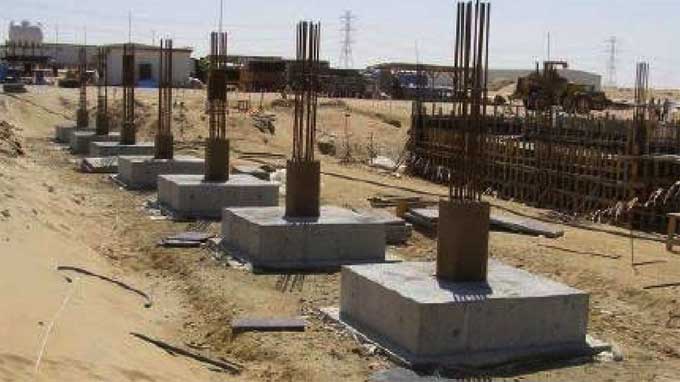
Everything about the Design Period

An ideal design period would be defined as the time period in the near future during which supply will exceed the demand in order to achieve a surplus.
A Design Period is the period commencing with the Commencement Date of Design and Construction Works, up until and including the date and time that the Design is completed at the end of the Design Period.
In other words, it can be said in a simple way that the number of years that will pass before a given facility is attainable to satisfy the demand in the near future. This surplus allows for more efficient use of resources and better overall performance of the facility in the long run.
Significance of Design Period
The civil engineers provide Design Periods for a number of reasons, the most important of which are as follows:
1. Designing a structure can be extremely time consuming or infeasible when used frequently.
2. There are benefits to being able to manufacture one big unit rather than constructing a variety of small components during the Design Period.
Factors influencing the Design Period
Various factors that influence the Design Period of a structure are listed below, along with some of the factors that act on the Design Period of a structure, as follows:
Structure's life cycle
Generally, the lifetime of a structure refers to how long it will continue to serve the intended purpose after the design period has ended.
An objective definition of the life cycle of a structure can be described as the number of years in the near future that the structure will be physically & practically suitable for the purpose for which it has been designed.
Factors affecting the amenities in the structure such as:-
1. Pumping machines.
2. Various piping outlines used in the structure.
Possibilities of future augmentations in the structure
When it is possible to extend the project easily, it is kept low in the case of those projects. This helps to keep the upfront costs low and allows for more flexibility in the future. It also allows for the project to be adjusted over time to better meet the changing needs of the community.
Projects that are difficult to extend are given a longer design period, and dams and reservoirs, for example, are found to be difficult to extend.
Expansions at future dates will be characterized by adroitness and difficulty, and for instance, vigorous expansions will require selecting a higher design period value.
Factors related to populations intensities
It is advisable to use dwarf design periods for regions where the growth rate is lofty, due to the rapid growth rate. An estimation of the rate at which the population will grow, along with any shifts in communities, industries, and commercial beginnings, that may occur.
An example of a better period for the design period would be if the speed of population growth is comparatively slow.
Value degradation
An Economy of Scale is defined as a decrease in monetary value in parallel with an increase in facility size.
A small economy of scale forces shorter design periods, and an oversized structure can be economically designed for an extended period of time.
Rate of interest
Investing ancillary money and borrowing additional money to achieve a lofty design period is also economically feasible.
This is because the rate of interest is determined by the cost of borrowed money as well as the cost of additional capital investments needed to complete the project. The amount of interest is based on the amount borrowed, the length of the loan, and the risk of not being able to pay back the loan.
Extensive arrangements may involve ancillary investments in amount and availability. Alternatively, a bijou design period could be kept in the absence of funds.
To learn more, watch the following video tutorial.
Video Source: Building Construction
Material Qualities
Material used in the installation must not have a design period longer than its lifetime. Design period refers to the number of years of which a provision is made for in designing the capacities of the various modules of the water system scheme in order to evaluate the effectiveness of the system.
Time for action
A structure is evaluated under working conditions in due course, which must not be considered in the design stage of the project. There is no facility available to the community at this point in time.
Values related to design period
For instance, a greater value of the design period can be economically justifiable and, as a result, be accepted if the interest rate is low.
Design Period Values Contributing Factor:-
1. Depends on the water supply initiatives,
May be developed for a design period of 30 years under typical conditions.


